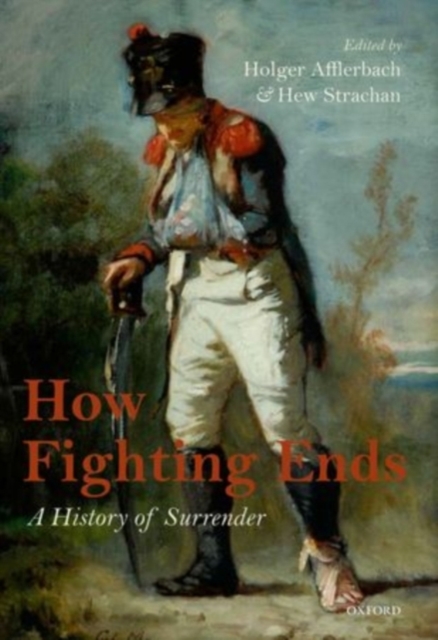
How Fighting Ends : A History of Surrender PDF
Edited by Holger Afflerbach, Hew Strachan
Description
There are many histories of how wars have begun, but very few which discuss how they have ended.
This book fills that gap. Beginning with the Stone Age and ending with globalized terrorism, it addresses the specific issue of surrender, rather than the subsequent establishment of peace.
At its heart is the individual warrior or soldier, and his or her decision to lay down arms.
In the ancient world surrender led in most cases to slavery, but a slave still livedrather than died.
In the modern world international law gives the soldiers rights as prisoners of war, and those rights include the prospect of their eventual return home.
But individuals can surrender at any point in a war, and without having such an effect that they end the war.
The termination ofhostilities depends on a collective act for its consequences to be decisive.
It also requires the enemy to accept the offer to surrender in the midst of combat.
In other words, like so much else in war, surrender depends on reciprocity - on the readiness of one side to stop fighting and of the other to accept that readiness.
This volume argues that surrender is the single biggest contributor to the containment of violence in warfare, offering the vanquished the opportunity to survive and thevictor the chance to show moderation and magnanimity.
Since the rules of surrender have developed over time, they form a key element in understanding the cultural history of warfare.
Information
-
Download - Immediately Available
- Format:PDF
- Publisher:OUP Oxford
- Publication Date:26/07/2012
- Category:
- ISBN:9780191624544
Information
-
Download - Immediately Available
- Format:PDF
- Publisher:OUP Oxford
- Publication Date:26/07/2012
- Category:
- ISBN:9780191624544






